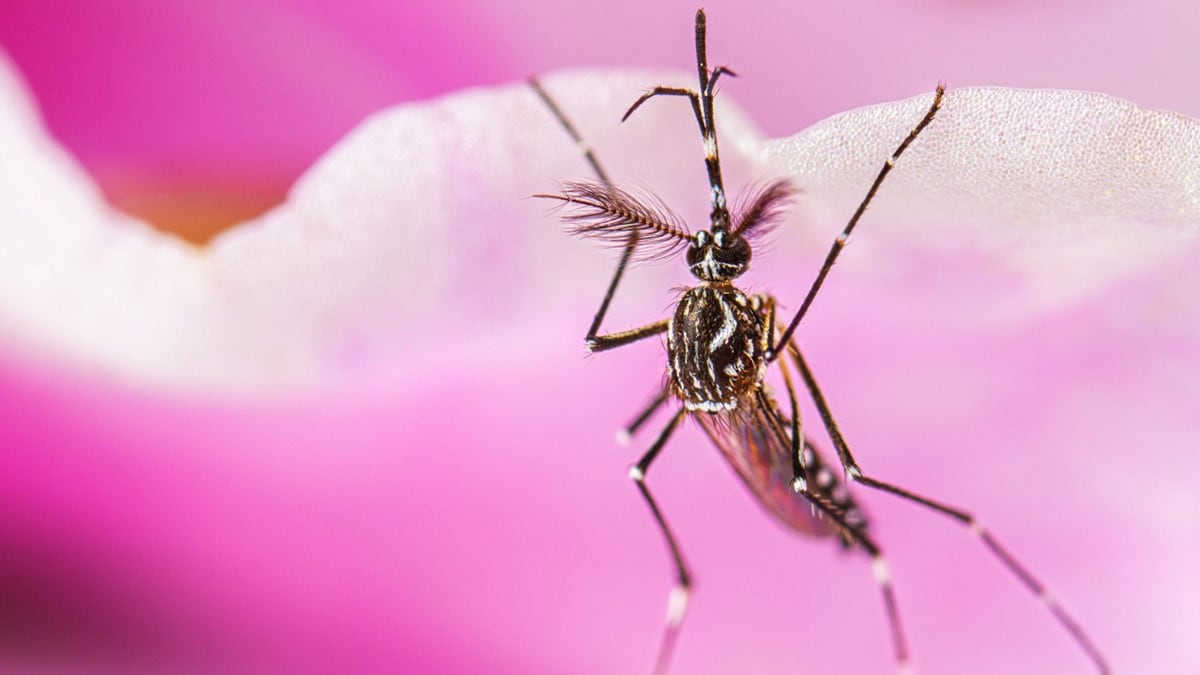What to know
- Classical Sterile Insect Technique (SIT) uses radiation to sterilize insect pests.
- SIT has been used since the 1950s to control insect pests, including fruit flies and the screwworm fly.
- In the United States, SIT has been used to control Aedes aegypti mosquitoes.

Overview
SIT is a non-patented pest control method that uses radiation to sterilize male mosquitoes. Male mosquitoes are bred and sterilized using the same radiation found in X-rays. Males are then regularly released to mate with wild females. The resulting eggs will not hatch.
In the United States, SIT has been used to control Aedes aegypti mosquitoes, which can spread viruses including dengue, Zika, and chikungunya. Aedes aegypti and Ae. albopictus species of mosquitoes are common throughout many areas of the United States.
SIT will not reduce numbers of all types of mosquitoes, only the type that has been irradiated and released into the wild.
Irradiated mosquitoes are not genetically modified and are not regulated by the Environmental Protection Agency.
How scientists irradiate mosquitoes
- Large numbers of mosquitoes are raised in a lab.
- Male mosquito pupae are separated from female pupae.
- Males are irradiated, using ionizing radiation, to make them sterile.

How irradiated mosquitoes are used
- Sterile, irradiated male mosquitoes are regularly released into the wild to mate with wild female mosquitoes. Male mosquitoes do not bite.
- The resulting eggs do not hatch.
- Over time, the number of mosquitoes being targeted in an area decrease. For example, when Ae. aegypti are the target, only this type of mosquito will be affected.
- When irradiated mosquitoes stop being released into an area, their numbers will slowly return to "normal levels."
Effectiveness in reducing the number of mosquitoes
- Using special mosquito traps, local mosquito control experts monitor the number of adult mosquitoes being targeted to determine how well release of sterile irradiated males are working to decrease numbers of mosquitoes in the area.
- Irradiated Ae. aegypti mosquitoes are currently being evaluated as a control method in communities in Florida. This technique has been used to control other types of mosquitoes in Italy.
- Irradiated mosquitoes will not control all types of mosquitoes.
- This type of mosquito control will only work to reduce numbers of the specific mosquito species being targeted, for example Ae. aegypti.
- Most communities have many types of mosquitoes.
Irradiated mosquitoes and disease outbreaks
Release of irradiated mosquitoes is not intended to stop a disease outbreak.
- Releasing irradiated mosquitoes over several months reduces the number of mosquitoes.
- This process may prevent a disease outbreak in the area where mosquitoes were released.
- The best way to prevent disease outbreaks is to start controlling mosquitoes before an outbreak happens.
Complements other mosquito control methods
Irradiated mosquitoes only target a specific type of mosquito. Most communities have many types of mosquitoes. Therefore, to control other types of mosquitoes an integrated mosquito management approach should continue being used.
No harm to people or animals
Irradiated mosquitoes cannot make people or animals (for example, fish, birds, pets) sick.
Reference
Bellini R, Medici A, Puggioli A, Balestrino F, Carrieri M. Pilot field trials with Aedes albopictus irradiated sterile males in Italian urban areas. J Med Entomol. 2013;50:317-25.
